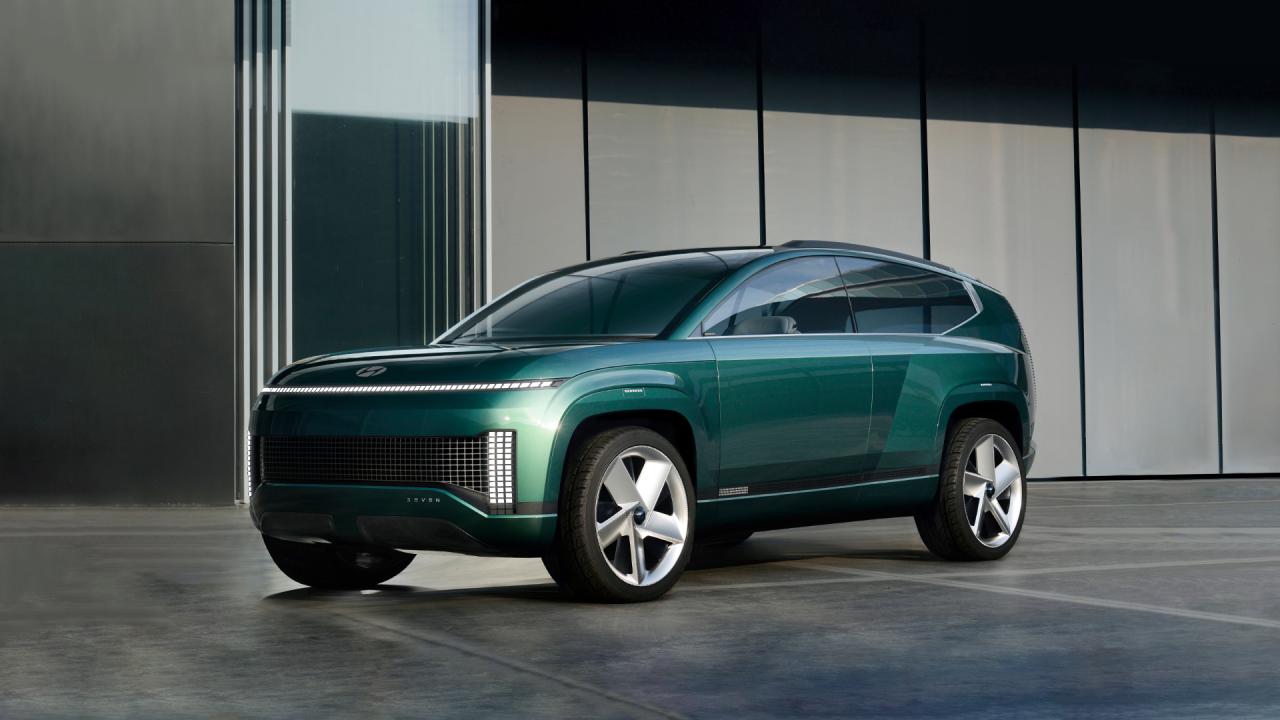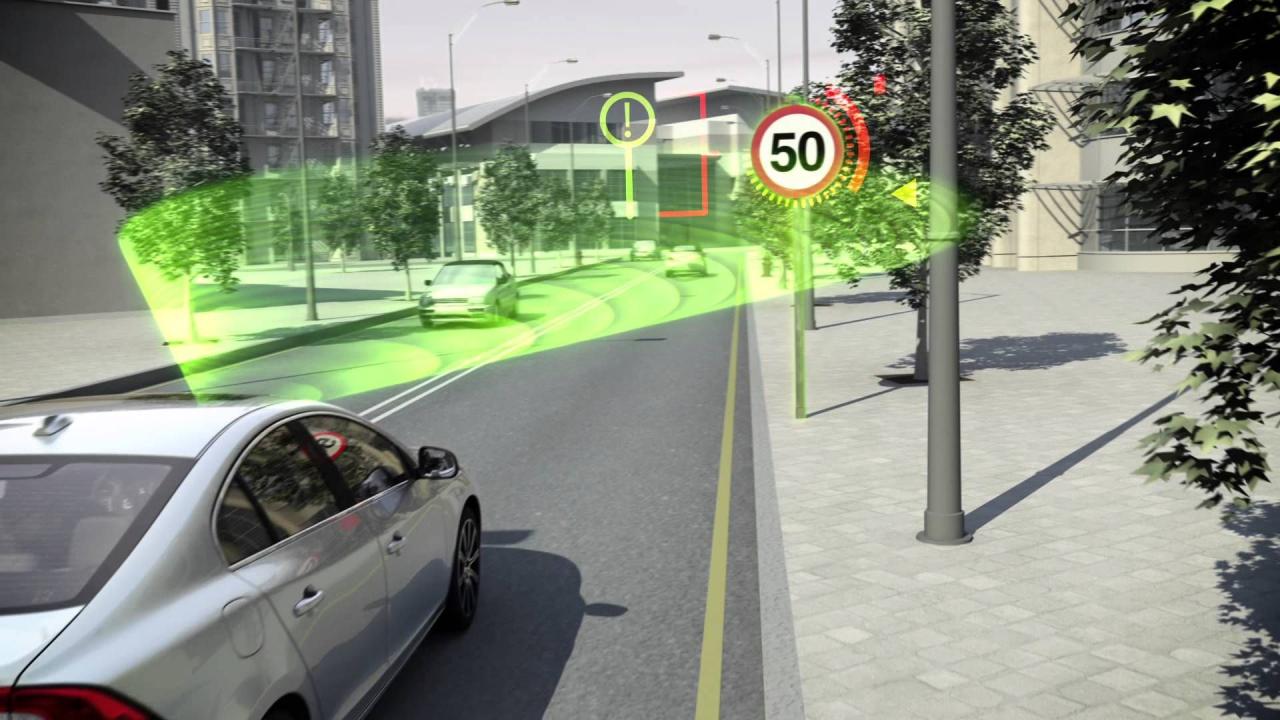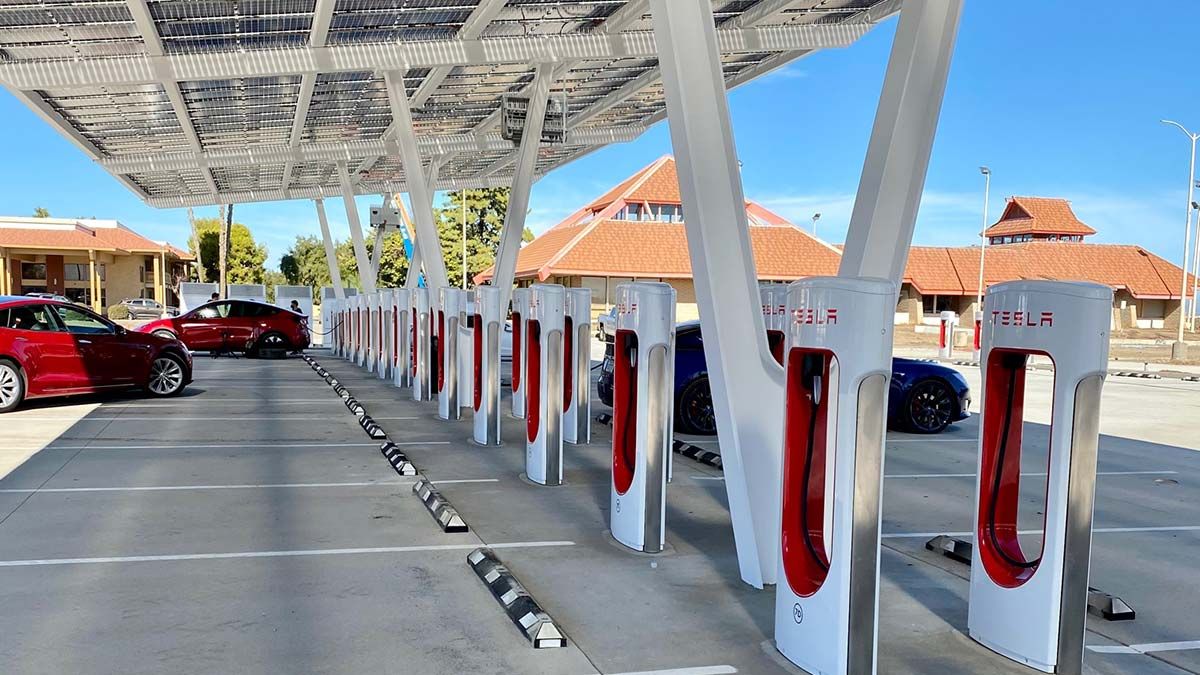The Evolving Landscape of Vehicle Access
The traditional model of car ownership – the outright purchase or a long-term lease – has dominated the automotive industry for well over a century. It’s been the default, the expected path for millions. However, as consumer preferences rapidly shift towards greater flexibility, ultimate convenience, and an emphasis on access over outright possession, a truly transformative new trend is gaining significant momentum: car subscriptions. This innovative approach is rapidly redefining what it truly means to have a vehicle at your disposal, effectively ushering in an entirely new era of “new ownership” models that fundamentally challenge the long-standing norms of the automotive world. For an increasing segment of the population, particularly in an ever-more dynamic global environment, car subscriptions offer a compelling and often superior alternative, seamlessly blending the most attractive aspects of leasing, short-term renting, and even modern ride-sharing services into a single, often all-inclusive, and easily manageable monthly package.
From Purchase to Access: A Paradigm Shift
The very concept of “ownership” has been undergoing a quiet yet profound revolution across a multitude of industries for quite some time now. Consider the shift in music consumption: physical albums have largely given way to vast digital streaming services like Spotify and Apple Music, where access to millions of songs is prioritized over owning individual tracks. The software industry similarly transitioned from one-time software purchases to ubiquitous Software-as-a-Service (SaaS) models like Adobe Creative Cloud or Microsoft 365, providing continuous updates and cloud integration. The automotive sector, traditionally known for its inherent conservatism and slower adoption of radical changes in its core business models, is now finally catching up to this overarching trend.
Historically, buying a car was, and for many still is, a significant life event – a monumental financial commitment. It invariably involved substantial upfront down payments, navigating complex financing arrangements with banks or captive finance companies, grappling with intricate insurance policies, and shouldering the ongoing responsibilities of maintenance, repairs, and eventual resale. Leasing, introduced decades ago, offered a degree of flexibility by reducing initial cash outlays and shortening commitment periods. Yet, even leasing came with its own set of rigidities, including strict mileage limits, often punitive excess wear-and-tear charges, and frequently bewildering end-of-term obligations and fees. Ride-sharing services like Uber, Lyft, and Grab then emerged to provide highly convenient, on-demand transport for single trips, but they inherently lacked the personal freedom, privacy, and spontaneous convenience of having a dedicated vehicle readily available when you needed it.
Car subscriptions didn’t just appear out of thin air; they emerged as a deliberate, thoughtful hybrid solution, meticulously designed to bridge the growing gap between these existing, often imperfect, mobility models. Their primary aim is to provide the unparalleled convenience and personal freedom of having a dedicated car, but crucially, without the myriad financial complexities, administrative headaches, and long-term depreciation risks inextricably associated with traditional car ownership. The roots of this seismic shift can be traced to several intertwining societal and economic factors: a pronounced preference among younger generations for experiences and flexibility over accumulating physical possessions; the escalating urban density across global megacities, rendering traditional car ownership increasingly impractical and expensive; and, perhaps most powerfully, the sheer, undeniable cost and substantial depreciation inherent in buying and owning a new vehicle. Automakers, forward-thinking dealerships, and innovative third-party mobility providers recognized this evolving consumer demand, catalyzing the rapid development and widespread expansion of sophisticated subscription services, thereby offering a truly flexible, inclusive, and modern alternative to the established norms of vehicle acquisition.
Understanding the Mechanics: How Car Subscriptions Operate
Car subscription models, while sharing a common underlying philosophy, can vary quite significantly in their specific offerings, terms, and included features depending on the provider, the market, and the target demographic. However, they generally adhere to a core set of characteristics meticulously designed for ultimate simplicity, predictability, and an all-inclusiveness that aims to remove virtually all the typical hassles of car ownership.
A. Bundled Costs: Simplification is Paramount. i. Single Predictable Monthly Payment: The single most attractive and defining feature of a car subscription service is the intelligent consolidation of nearly all typical automotive expenses into one transparent, predictable, and easy-to-manage monthly fee. This single, all-encompassing payment typically covers the vehicle’s usage (akin to a lease payment), comprehensive insurance coverage, all routine and scheduled maintenance, proactive roadside assistance, and often, in more premium tiers, even white-glove concierge services like detailing or vehicle delivery/pickup. This revolutionary bundling eliminates the frustrating need for separate, often disparate, payments for vehicle financing, fluctuating insurance premiums, and unpredictable service appointments. The result is remarkable financial transparency, vastly simplified budgeting, and a significant reduction in administrative burden for the subscriber. ii. Integrated Insurance Coverage: Unlike traditional car ownership where you are solely responsible for researching, purchasing, and managing your own insurance policy, subscription services almost universally include comprehensive insurance coverage directly within the single monthly fee. While the precise specifics of deductibles, coverage limits, and driver eligibility can vary slightly between providers, this inclusion fundamentally simplifies the entire process. It often provides a substantial layer of financial protection and peace of mind, particularly for individuals who are new to vehicle access, are living in areas with prohibitively high insurance costs, or simply prefer a hands-off approach to managing their policies. iii. Inclusive Maintenance and Servicing: One of the most significant and often underestimated financial benefits of a car subscription is that all scheduled maintenance, routine servicing (e.g., oil changes, tire rotations), and even many common wear-and-tear items (such as tires and brake pads, within reasonable usage limits) are typically covered entirely by the subscription fee. This means subscribers are largely immune to unexpected, often costly, repair bills. Furthermore, it eliminates the need for time-consuming trips to service centers or the administrative headache of tracking service schedules. In many cases, the subscription provider actively manages the logistics, even offering convenient services like picking up the vehicle for service and returning it to the subscriber’s preferred location. iv. Comprehensive Roadside Assistance: For added peace of mind, standard roadside assistance is almost universally included as part of the subscription package. This provides immediate support for unforeseen incidents such as vehicle breakdowns, flat tires, dead batteries, or other mechanical issues. This invaluable service further reduces the inherent stress and logistical complexity often associated with vehicle management, ensuring that help is just a phone call or app tap away.
B. Unparalleled Flexibility in Vehicle Selection: i. Seamless Vehicle Swapping: A defining and truly revolutionary cornerstone of many advanced car subscription models is the unprecedented ability to frequently swap vehicles based on evolving needs or desires. Subscribers might effortlessly switch between different car models (e.g., a fuel-efficient sedan for daily commuting), entirely different vehicle categories (e.g., a spacious SUV for a weekend family trip to the mountains, or a sleek convertible for a sunny summer getaway), or even different brands, often within the same month or quarter. This unparalleled flexibility, usually for a nominal fee per swap or within certain limits of their chosen subscription tier, caters to the incredibly diverse and often fluctuating lifestyle needs of modern consumers without the cumbersome long-term commitment to a single vehicle. ii. Carefully Structured Tiered Offerings: To cater to a broad spectrum of budgets and preferences, most reputable providers structure their services into clearly defined tiers or packages. These tiers allow subscribers to choose a plan that perfectly matches their financial comfort zone and their desired vehicle types and features. Lower tiers might provide access to a selection of compact cars, efficient sedans, or standard crossovers, while higher-end tiers unlock access to luxurious vehicles, high-performance sports cars, larger premium SUVs, or even electric vehicles. This carefully curated tiered approach effectively makes the service accessible and appealing to a much wider range of consumers.
C. Subscription Durations: Embracing Short-Term Agility. i. Month-to-Month or Highly Flexible Terms: A stark contrast to traditional multi-year leases or car loans that bind consumers to rigid long-term contracts, many car subscription services boldly offer month-to-month agreements. This revolutionary flexibility allows subscribers to cancel, pause, or adjust their subscription with relatively short notice (often just 30 days), providing an unprecedented level of agility. Other providers might offer slightly longer commitment terms (e.g., 3, 6, or 12 months) which typically come with commensurately reduced monthly rates, carefully balancing commitment with attractive cost savings. ii. Absolute Freedom from Long-Term Commitment: This specific aspect is profoundly appealing to a wide array of individuals, including those with fluctuating living situations (e.g., expats, military personnel), transient work assignments, or simply those who inherently prefer not to be tied down by a multi-year financial obligation that a depreciating asset represents. It empowers users to dynamically adapt their vehicle access solutions to their ever-changing life circumstances, without the typical financial penalties associated with breaking a long-term contract.
D. Convenience Features: Elevating the User Experience. i. White-Glove Concierge Services: Many of the more premium car subscription services extend their value proposition by offering “white-glove” concierge services. This often includes convenient vehicle delivery and pick-up directly to the subscriber’s home, office, or other specified location. This eliminates the often-tedious need to visit traditional dealerships, rental car agencies, or service centers, streamlining the entire process and saving valuable time. ii. Seamless Digital Management: In keeping with modern digital expectations, the vast majority of car subscription services are meticulously designed to be managed with utmost ease through intuitive and user-friendly mobile applications. Nearly all aspects of the subscription, from Browse available vehicles and scheduling swaps to managing payments, viewing past usage, and accessing customer support, are handled effortlessly through a smartphone or tablet, providing a truly seamless, always-on digital experience.
The Economic Equation: Is It Worth The Investment?
The financial viability and overall value proposition of car subscriptions are frequent topics of intense debate and careful analysis. While the headline monthly fees for a subscription might, at first glance, appear somewhat higher than a standalone traditional car loan payment or a basic lease payment, a truly comprehensive and honest comparison that accounts for all associated costs often reveals a compelling hidden value proposition.
A. Comprehensive Cost Comparison with Traditional Ownership: i. Illuminating Hidden Costs: Traditional car ownership comes laden with numerous “hidden” or highly unpredictable costs that car subscriptions ingeniously bundle into a single fee. These often overlooked expenses include significant depreciation (which can be the single largest cost of car ownership, especially in the first few years as a new car rapidly loses value), unexpected major repairs that arise after the manufacturer’s warranty expires, escalating or variable insurance premiums that can fluctuate based on factors beyond your control, annual property taxes on the vehicle, and the often-underestimated cost of routine maintenance and consumable items like tires and brakes. When these diverse, often unpredictable, financial factors are meticulously aggregated and analyzed over a comparable period, the true Total Cost of Ownership (TCO) for a traditionally purchased or leased vehicle can frequently rival or even exceed a car subscription’s seemingly higher monthly fee. ii. Freedom from Down Payments and Long-Term Debt: A major financial draw of car subscriptions is that they typically require either a minimal, easily manageable activation fee or, in many cases, absolutely no down payment at all. This frees up significant capital that would otherwise be tied up in a depreciating asset. Furthermore, unlike car loans, subscriptions generally do not involve accumulating long-term debt on your personal credit report or impacting your credit score in the same way a large loan would. This can be a distinct advantage for individuals focused on maintaining financial flexibility or minimizing debt obligations.
B. Defining the Target Audience and Value Proposition: i. Urban Dwellers: For residents living in densely populated metropolitan areas with notoriously limited parking, exorbitant parking fees, and often efficient public transport networks, owning a personal car can be an immense logistical and financial burden. Car subscriptions offer the perfect solution: the flexibility to have a car precisely when needed, without the crippling costs of garage rentals, street parking permits, and the constant hassle of urban car ownership. ii. Digital Nomads and Transient Professionals: Individuals whose careers or lifestyles require frequent relocation, or those who embrace the “digital nomad” lifestyle, find car subscriptions to be an absolutely ideal solution. They can move to a new city or country without the complex burdens of selling a car, dealing with cross-country shipping, or navigating new registration processes. They can simply resume their subscription in a new city or conveniently pause it if they’re traveling extensively and don’t require a vehicle for a period. iii. Early Adopters and Tech-Savvy Consumers: Consumers who intrinsically prioritize convenience, embrace cutting-edge technology, and are comfortable with seamlessly managing services through intuitive app-based platforms are natural fits for the car subscription model. They appreciate the frictionless experience and the constant access to new features. iv. Those Avoiding Depreciation Risk: For consumers who are acutely aware of and wary of the significant financial burden of depreciation that new cars experience (often losing 20-30% of their value in the first year alone), subscriptions offer an elegant escape from this particular financial burden. The subscription provider, not the subscriber, assumes the substantial risk of vehicle depreciation. v. People Seeking Unprecedented Variety: For automotive enthusiasts who enjoy experiencing different vehicles, or for individuals whose car needs genuinely fluctuate (e.g., needing a robust SUV in winter for ski trips, but desiring a sleek convertible for summer cruises), the ability to effortlessly swap vehicles offers a significant, otherwise unattainable, appeal that purchasing or long-term leasing a single vehicle simply cannot match.
C. Acknowledging Potential Drawbacks: i. Potentially Higher Overall Cost for Long-Term, Consistent Needs: It’s important to acknowledge that for specific consumer profiles – particularly those who drive consistently very high mileage, prefer to keep a single, reliable vehicle for many, many years (e.g., 7-10+ years), and are highly adept at independently managing maintenance, repairs, and sourcing competitive insurance – traditional car ownership may, in the very long term, still prove to be a more cost-effective solution. The break-even point varies significantly by individual usage patterns. ii. No Equity Building: A fundamental difference from purchasing a car outright is that subscriptions do not build equity. You are paying for the convenience of access and usage, not for the gradual acquisition of an asset. This means there is no vehicle to eventually sell, trade in, or use as collateral. iii. Mileage Restrictions: Similar to traditional leases, most car subscription services come with clearly defined mileage limits per month or year. Exceeding these predetermined limits can, and often does, incur additional per-mile fees. These accumulation of these fees could potentially negate some of the initial cost savings and flexibility benefits. iv. Limited Customization: Since you do not technically own the vehicle, personalization options are virtually non-existent. This means no aftermarket modifications, no permanent aesthetic changes, and often a limited choice in interior/exterior color or trim packages beyond what’s available in the fleet. The vehicle is part of a larger, standardized fleet.
Key Players and Market Evolution
The car subscription market is not merely a niche; it’s a rapidly expanding segment of the automotive industry, characterized by a diverse range of players entering the fray, from established global giants to agile, innovative startups.
A. Automaker-Backed Programs: Many of the world’s leading car manufacturers have strategically launched their own branded subscription services, often leveraging their existing vehicle lineups and dealership networks. i. Care by Volvo: Widely considered one of the pioneers in the modern car subscription space, Care by Volvo offers access to brand-new Volvo models with a straightforward, all-inclusive monthly fee that covers insurance, all routine maintenance, and comprehensive roadside assistance. It’s known for its transparent pricing and focus on simplicity and premium service. ii. Access by BMW: Tailored to the premium segment, Access by BMW provides members with flexible access to a dynamic range of BMW models. Members can effortlessly switch between different vehicle types within their chosen tier, perfectly catering to the evolving needs and desires of a discerning luxury market. iii. Mercedes-Benz Collection: Similar to its German luxury counterpart, Mercedes-Benz Collection offers extensive flexibility across the prestigious Mercedes-Benz lineup, emphasizing not just vehicle access but also a white-glove, high-touch concierge service experience synonymous with the brand. iv. Porsche Drive: For the enthusiast seeking the ultimate driving thrill without the commitment of ownership, Porsche Drive offers flexible access to a diverse range of Porsche models, from iconic sports cars like the 911 to versatile SUVs like the Macan and Cayenne. It’s designed to deliver the pure driving experience.
B. Third-Party Mobility Providers: Independent companies have also successfully carved out significant market share, often by offering multi-brand fleets, specializing in specific market segments, or focusing on innovative tech integration. i. Fair (formerly): While Fair, one of the early, high-profile multi-brand platforms, ultimately faced financial challenges and pivoted its core business model, its initial strong market presence highlighted the undeniable consumer demand and potential scalability for such flexible, non-ownership-based vehicle access services. ii. Canoo (Subscription-focused EV company): Canoo stands out as an electric vehicle manufacturer that has designed its vehicles from the ground up with a subscription-first business model in mind. Rather than merely selling cars, Canoo aims to provide a holistic, flexible mobility solution, blurring the lines between vehicle production and service delivery. iii. Various Regional and Local Startups: Across the globe, numerous smaller players and agile startups are continuously emerging, often targeting specific cities, unique demographics, or niche markets. These range from services offering access to economy cars for urban commuting to ultra-luxury vehicle access for high-net-worth individuals, providing an increasingly diverse array of options.
C. Rental Car Company Initiatives: Even traditional, established rental car companies are actively adapting their long-standing business models to embrace and include more subscription-like offerings, further blurring the historical lines between short-term rental and longer-term, flexible subscription access. i. Hertz My Car: This program, offered by the global rental giant, provides monthly rental options with the added flexibility to swap vehicles, cleverly leveraging Hertz’s extensive existing fleet infrastructure and operational expertise. ii. Enterprise CarShare: While primarily focused on very short-term, hourly, or daily rentals, Enterprise CarShare represents a broader strategic shift towards providing convenient, flexible car access solutions that cater to urban needs where full-time ownership is less practical.
The Future of Automotive Access: Beyond Traditional Ownership
Car subscriptions are clearly not just a temporary fad or a fleeting niche trend; they represent a fundamental and potentially irreversible shift in consumer behavior and the automotive industry’s strategic response to it. Their continued evolution is unequivocally set to shape the very fabric of future mobility landscapes.
A. Deep Integration with Broader Mobility Ecosystems: In the coming years, expect car subscriptions to become even more seamlessly integrated with wider, multi-modal mobility platforms. This could involve highly intuitive, effortless transitions between diverse transport options: efficient public transit systems, agile micro-mobility solutions (such as electric scooters or shared bicycles), and on-demand subscription vehicles – all orchestrated and managed through a single, unified app or comprehensive service. The overarching goal is to provide a truly holistic, interconnected, and highly personalized transport solution, precisely tailored to individual needs and real-time demands.
B. Profound Emphasis on Electric and Autonomous Vehicles: As the entire automotive industry accelerates its momentous transition towards widespread adoption of electric vehicles (EVs) and, ultimately, the advent of truly autonomous vehicles (AVs), subscription models are proving to be an exceptionally natural and synergistic fit. i. Accelerating EV Adoption: Subscriptions can significantly lower the current barriers to EV adoption for many consumers. They effectively remove common concerns such as rapid battery degradation, the complexities of evolving charging infrastructure, and the fear of rapid technological advancements potentially rendering an owned EV quickly obsolete. Subscribers can always access the very latest EV models, equipped with the newest battery tech and charging capabilities, without the long-term financial commitment. ii. Paving the Way for Autonomous Fleets: In a future dominated by fully autonomous vehicles, individual car ownership might very well decline dramatically. Instead, purpose-built autonomous vehicle fleets, operating on a subscription or per-use model, could provide highly efficient, on-demand, self-driving transport. This profound shift would fundamentally revolutionize urban planning, transform personal travel habits, and align perfectly with the “access-over-ownership” philosophy that underpins subscriptions.
C. Advanced Personalization and Dynamic Pricing Models: Future subscription models are likely to offer even greater degrees of personalization and highly sophisticated dynamic pricing. Pricing could intelligently adapt based on individual usage patterns (e.g., peak vs. off-peak hours), specific vehicle features requested, or even real-time demand. Furthermore, advanced Artificial Intelligence (AI) algorithms could potentially predict and even suggest optimal vehicle swaps based on a user’s digital calendar, anticipated weather conditions, or past usage patterns. Imagine a subscription service that automatically pre-schedules a swap from your compact city car to a larger SUV when your smart calendar indicates a weekend camping trip.
D. Reinforced Sustainability Focus: As global environmental concerns escalate, subscription models have the inherent potential to promote much more efficient vehicle utilization. By centralizing fleet management and maximizing car sharing, they could ultimately reduce the overall number of cars manufactured and subsequently, the total number of vehicles on the road. Fleet operators can meticulously optimize maintenance schedules, extend vehicle lifespans through rigorous upkeep, and strategically manage the lifecycle of each asset, all contributing to a significantly more sustainable automotive footprint and a reduction in embodied carbon.
E. Evolution of Dealership Ecosystems: The role of traditional car dealerships may undergo a significant transformation. Instead of solely focusing on sales and fixed leases, dealerships could evolve into dynamic “mobility hubs.” In these hubs, customers could test-drive a variety of subscription vehicles, seamlessly manage their subscription plans, receive vehicle maintenance, or even access other integrated shared mobility services, effectively becoming comprehensive centers for diverse transportation solutions.
The rapid rise and continued expansion of car subscriptions mark a truly pivotal moment in the history of the automotive industry. It’s more than just a new product offering; it profoundly reflects a deeper, pervasive societal trend away from the burdens of outright ownership and towards the liberating freedom of flexible, on-demand access. While traditional purchasing and long-term leasing models will undoubtedly continue to exist for specific market segments, car subscriptions are emphatically carving out a significant, indispensable niche, offering a compelling, forward-looking vision for what “new ownership” truly looks like in the technologically advanced and consumer-centric 21st century. For a rapidly growing and discerning segment of modern consumers, the ultimate goal isn’t necessarily owning a car; it’s about having access to the right car, precisely when you need it, without any of the enduring financial and administrative burdens that have long been synonymous with traditional vehicle ownership.














